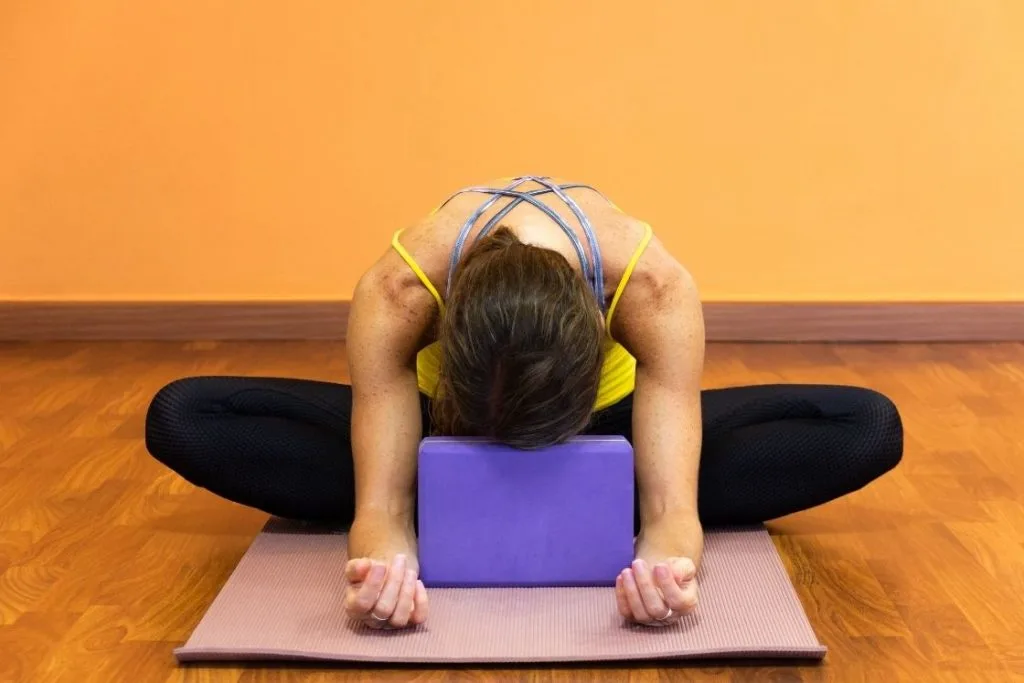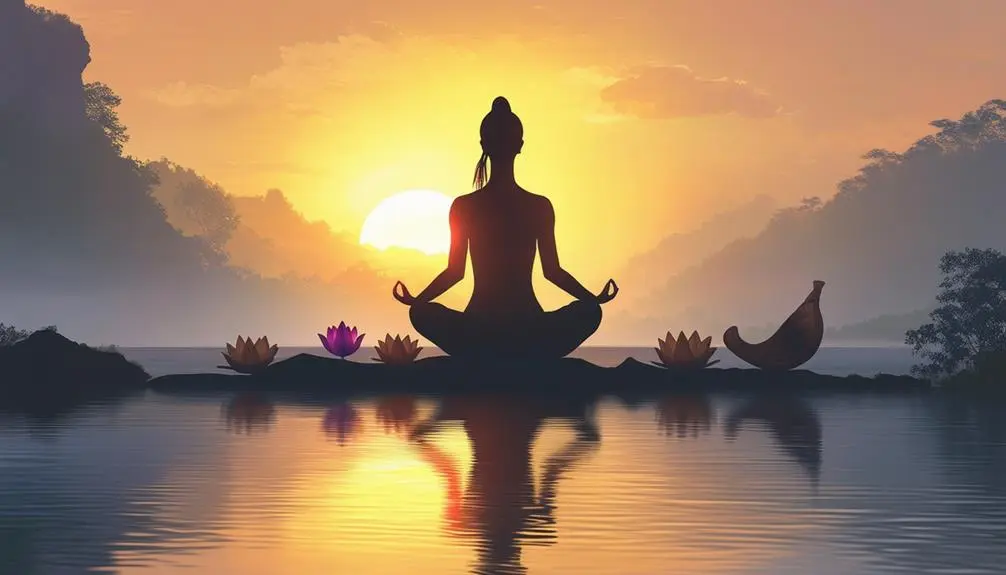What Is Pranayama and What Are the Main Benefits? Here’s Your Quick Guide
Prana is the life force energy that infuses livingness into every atom of existence. Pranayama is the science that expands and refines the prana within, giving the practitioner a deeper experience of consciousness.
Yogis have used the breath as a tool to influence the flow of prana in the nadis. Nadis are the network of psychic nerves in the Pranamaya Kosha (Pranic body) which are connected to our endocrine and nervous systems of the Annamaya Kosha (Physical body).
These systems regulate and distribute the prana for the different functions of the physical body.
Through the practice of Pranayama, breath is used to control and redirect the flow of prana for optimum health.
Want to learn more about prana? Read this: Demystifying Prana and Life Force Energy
Here Are the Main Benefits of Practicing Pranayama
Our lifestyle today causes chronic stress which produces an imbalance between the hypothalamus, hormones, nerves and the immune system of the body which work in coordination to maintain an inner balance or homeostasis.
Constant stress blocks the flow of prana in the nadis which causes mental-emotional imbalance resulting in psychosomatic diseases like high blood pressure, diabetes, heart disease, ulcers, cancer and so on.
Breathing is one physiological function that we can control; and by controlling, regulating and channelizing our breath we can manipulate the flow of prana within to achieve physical, mental, emotional and spiritual health.
The cleansing Pranayamas (keep reading for the main types of Pranayama) remove the toxins from the body and increase the elasticity and capacity of lungs. The movement of the diaphragm massages the heart on one end and the digestive organs on the other side.
One of the most important benefits of Pranayama is that it tones our Autonomic Nervous System and balances hormonal secretion, bringing an inner balance.
Regular practice of Pranayama increases our ability to manage stress, and builds an attitude of relaxed alertness and objectivity. Most importantly, Pranayama purifies the nadis – the subtle energy channels – stabilizing the mind, preparing us for the higher practices of meditation.
Try This Guided Pranayama and Mindfulness Meditation for a Calm and Peaceful Mind (Video)
Here Are 3 Main Types of Pranayama:
- Cleansing (Prakshalan) Pranayama like Kapalbhati, Bhastrika
- Tranquilizing (Prabodhan) Pranayama like Ujjayi, Sheetali-Sheetkari
- Nadi Shodhana Pranayama (Alternate Nostril Breathing)
There are many more types of Pranayama breathwork, but the above are the main types that are most commonly practiced or taught in yoga and meditation classes.
Want to try a simple Pranayama exercise? Start with this Beginner’s Guide to Ujjayi Breathing
Pranayama: The Takeaway
Pranayama offers a wide range of holistic benefits at physical, mental/emotional and spiritual levels.
A student established in the practices of Pranayama begins to achieve a calm, content and objective state of mind, which can enable one to experience the simple pleasures of life.






